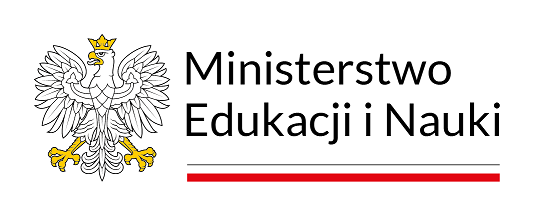Electoral system
What is an electoral system?
The set of definitions of the electoral system is relatively broad and it is impossible to identify a single, universally accepted definition. The concept also exists in broad and narrow (sensu largo and stricto) terms.
The broad view - which is most prevalent in states without long and stable democratic traditions - encompasses the totality of norms, conditions and processes concerning the electoral process, including electoral law. From this perspective, the electoral system is the totality of rules and principles (both legal and non-legal) that determine the preparation and conduct of voting and the determination of election results¹.
However, in political science, and especially in the study of elections and electoral systems, the concept of electoral system sensu stricto is more commonly used. This means the patterns of behaviour according to which voters express their preference for a party and/or a candidate in their vote and the methods of transforming electoral results into mandate results. Electoral systems regulate this process by defining:
- the structure of electoral districts (their number, boundaries and the number of seats to be distributed in each district),
- the methods of voting (in other words, the powers of the voter when voting - how many votes he or she has, whether he or she can accumulate them, etc.),
- the way in which the election results are determined (this is determined by the electoral formula and the elements contained therein such as the electoral method or the statutory electoral thresholds)².
Is there a single, exemplary and most democratic electoral system?
The mosaic of electoral systems developed in democratic states is extremely diverse. Not only is it impossible to speak of one or only one "democratic electoral system", but it must be noted that the solutions used are often very far from each other, and the implementation of the various functions of elections occurs with varying degrees of intensity.
Types of electoral systems
The primary determinant for grouping electoral systems is the application of a particular principle of representation. Traditionally, a distinction is made between majority and proportional systems (sometimes this distinction is supplemented by mixed systems).
The classification of a particular electoral system as either majority or proportional depends firstly on what the purpose of the system in question is. In science, this is referred to as the principle of representation or the objective of representation.
In a majority system, the aim is to give one party (or the smallest possible coalition) a majority of seats in a collegiate body, enabling it to govern, without it being important whether the party has received the support of a majority of voters. The main function of elections in this case is to ensure a majority capable of forming a cabinet (government). In a proportional system, the principle (objective) of representation is to ensure that the public (electoral) support of the various groupings is reflected as perfectly as possible in the elected collegiate body. In other words, the majority principle of representation presupposes such a transformation of votes into seats (seats, e.g. in the Sejm) that the share of one of the factions is significant enough to form a government (which most often means a share of more than half of the seats), while the proportional principle of representation presupposes as perfect a reflection as possible of each party's support among voters in the distribution of seats between the parties.
So-called mixed systems remain a separate issue. There is no consensus among election researchers as to whether such a group should be considered or whether each system should be classified into one of the two basic groups. If we consider that such a group should be distinguished, then we would include such systems that attempt to implement both principles in parallel.
Very often, especially in journalistic and colloquial language, electoral systems are given names referring to the type of system (majority, proportional) and the method used in it. Hence, we may come across the term 'D'Hondt proportional system' or 'relative majority system'. Sometimes, especially in the case of proportional systems, it is sufficient to specify the method itself ('D'Hondt system'). By contrast, for the most popular majority system (relative majority system in single-member constituencies), the short name 'majority system' is often used. These are simplifications, of course, but their use on a day-to-day basis makes communication much easier.
Opracowanie: Maciej Onasz, based on: Onasz Maciej, Inżynieria wyborcza w Polsce od roku 1989, Łódź 2017.
¹ B. Banaszak, Prawo konstytucyjne, Warszawa 2015, pp. 300.
² D. Nohlen, Prawo wyborcze i system partyjny: o teorii systemów wyborczych, Warszawa 2004, pp. 53.






